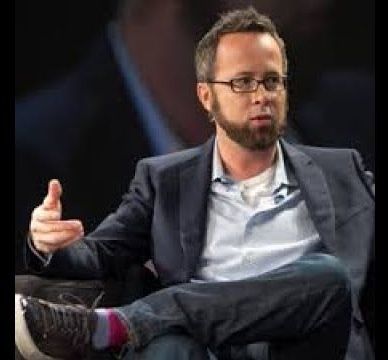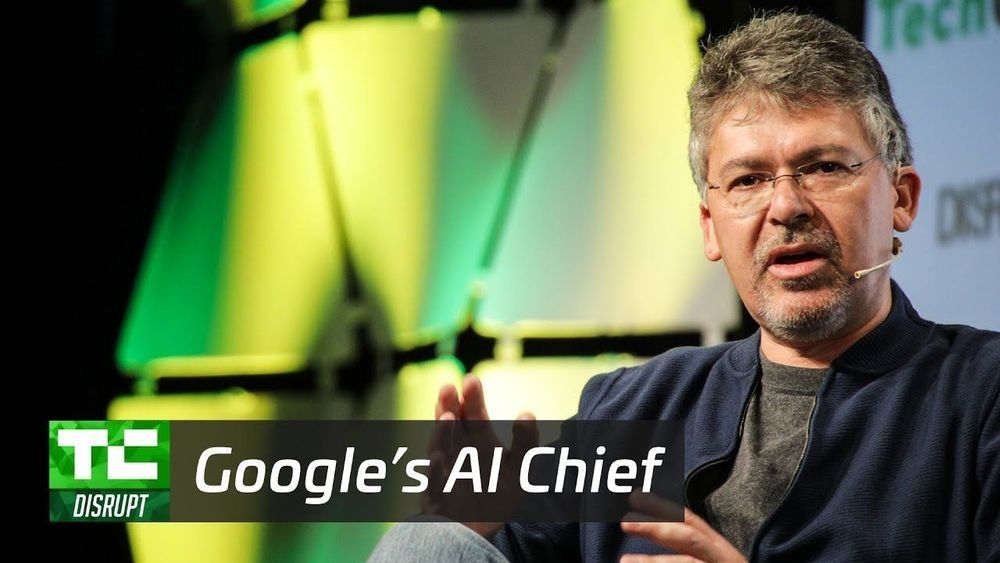Dec 26, 2019
The Biggest Myth In Quantum Physics
Posted by Paul Battista in category: quantum physics
There are a slew of ways to interpret just what’s happening when you make an observation. The biggest myth of all is that you need one.
There are a slew of ways to interpret just what’s happening when you make an observation. The biggest myth of all is that you need one.
Even ordinary computers flip a bit here and there, but their quantum cousins have a lot more ways to go wrong.
As the power and qubits in quantum computing systems increase, so does the need for cutting-edge capabilities to ascertain that they work. The Army Research Office and National Security Agency recently teamed up to solicit proposals for research that can help do exactly that.
The entities launched a broad agency announcement this week to boost the development of innovative techniques and protocols that allow for Quantum Characterization, Verification, and Validation, or QCVV, of intermediate-scale quantum systems. QCVV is essentially the science of quantifying how well a quantum computer can run quantum algorithms—and experts agree that it’s a necessary step towards useful quantum computing.

“As an entrepreneur I like to know the next two or three things I might start a company on. For me it was robotics, bio-hacking, and quantum.”–whurley.
Earlier this year, we celebrated a first in the field of quantum physics: scientists were able to ‘teleport’ a qutrit, or a piece of quantum information based on three states, opening up a whole host of new possibilities for quantum computing and communication.
Up until then, quantum teleportation had only been managed with qubits, albeit over impressively long distances. This proof-of-concept study suggests future quantum networks will be able to carry much more data and with less interference than we thought.
If you’re new to the idea of qutrits, first let’s take a step back. Simply put, the small data units we know as bits in classical computing can be in one of two states: a 0 or a 1. But in quantum computing, we have the qubit, which can be both a 0 and 1 at the same time (known as superposition).
The ability to process qubits is what allows a quantum computer to perform functions a binary computer simply cannot, like computations involving 500-digit numbers. To do so quickly and on demand might allow for highly efficient traffic flow. It could also render current encryption keys mere speedbumps for a computer able to replicate them in an instant. #QuantumComputing
Multiply 1,048,589 by 1,048,601, and you’ll get 1,099,551,473,989. Does this blow your mind? It should, maybe! That 13-digit prime number is the largest-ever prime number to be factored by a quantum computer, one of a series of quantum computing-related breakthroughs (or at least claimed breakthroughs) achieved over the last few months of the decade.
An IBM computer factored this very large prime number about two months after Google announced that it had achieved “quantum supremacy”—a clunky term for the claim, disputed by its rivals including IBM as well as others, that Google has a quantum machine that performed some math normal computers simply cannot.
Continue reading “The ‘Quantum Computing’ Decade Is Coming—Here’s Why You Should Care” »
Imagine a world where people could only talk to their next-door neighbor, and messages must be passed house to house to reach far destinations.
Until now, this has been the situation for the bits of hardware that make up a silicon quantum computer, a type of quantum computer with the potential to be cheaper and more versatile than today’s versions.
Now a team based at Princeton University has overcome this limitation and demonstrated that two quantum-computing components, known as silicon “spin” qubits, can interact even when spaced relatively far apart on a computer chip. The study was published in the journal Nature.
The development of technologies which can process information based on the laws of quantum physics are predicted to have profound impacts on modern society.
For example, quantum computers may hold the key to solving problems that are too complex for today’s most powerful supercomputers, and a quantum internet could ultimately protect the worlds information from malicious attacks.
However, these technologies all rely on “quantum information,” which is typically encoded in single quantum particles that are extremely difficult to control and measure.
A year marked by climate protests, political uncertainty and debate over the ethics of gene editing in human embryos proved challenging for science. But researchers also celebrated some exciting firsts — a quantum computer that can outperform its classical counterparts, a photo of a black hole and samples gathered from an asteroid.
Climate strikes, marsquakes and gaming AIs are among the year’s top stories.

Full Zoom video of Seeking Delphi™ host Mark Sackler’s interview with Strangeworks CEO, whurley, on the current state of the art in quantum computing.

John Giannandrea, Vice President of Engineering with responsibility for Google’s Computer Science Research and Machine Intelligence groups; leading teams in Machine Learning, Machine Intelligence, Computer Perception, Natural Language Understanding, and Quantum Computing, “I’m definitely not worried about the AI apocalypse, I just object to the hype and soundbites that some people are making” said at the TechCrunch Disrupt conference in San Francisco.
Google’s John Giannandrea sits down with Frederic Lardinois to discuss the AI hype/worry cycle and the importance, limitations, and acceleration of machine learning.
